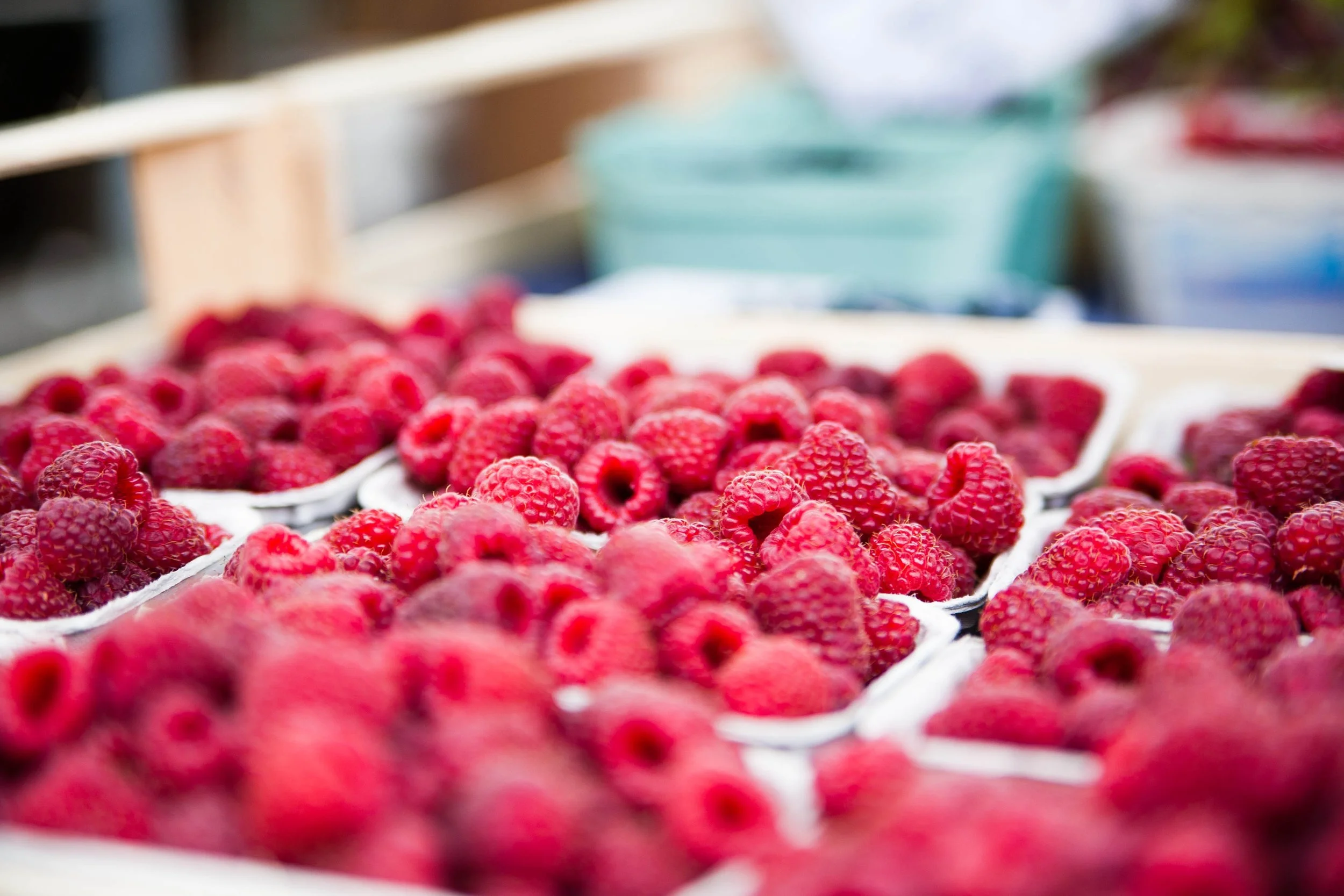How to Pick the Best, Most Luscious Berries
The sweet little white blooms of our strawberry plants are the first—and most welcome—sign that summer is on its way. Since those happy flowers will transform into delicious fruits in just a couple of short weeks, we’ve put together this guide for how to pick the best berries.
1. Buy local! Strawberries that are shipped in from across the country or over country borders are picked prior to ripening, to keep them from deteriorating quickly. But berries generally don’t ripen after picking, and pre-ripe berries are often flavorless. To find a New York State berry farm in your area, visit our Find a Farm directory.
2. Look for bright color and firm flesh. Select only strawberries that are shiny and firm, with a rich red color and caps and/or stems that are a vibrant green and fresh-looking. Avoid berries that have white or green flesh around the cap or in the center of the berry.
3. Remember that size and shape don’t equal quality. Supermarket berries are bred and selected for their uniform appearance, but their flavor and texture can’t compare to their sweet, juicy farm stand cousins. So even if the berries have a funny shape or vary in size, as long as they’re ripe, they’ll still taste great!
4. Plan a midmorning harvest. If you’re planning to visit a U-pick, or pick-your-own, berry farm, time your trip for midmorning, after the dew has evaporated but the berries are still cool to the touch. Harvest the berries by holding the fruit with one hand and using the thumb and index finger of the opposite hand to snap the stem. Avoid grabbing the fruit and pulling downward on the berry; this can damage them.
Once you get home, take the strawberries out of the carton and look for any that might be partially squashed or have the beginnings of mold growth; remove these berries to prevent additional mold from forming. Wash only what you need for the moment, and refrigerate the unwashed remainder.
Refrigerated berries will generally stay fresh for up to a week. But between slicing them over granola, adding them to pies and muffins, using them in sweet-savory recipes, and munching on them by the handful, our berries never seem to last that long. . . .







